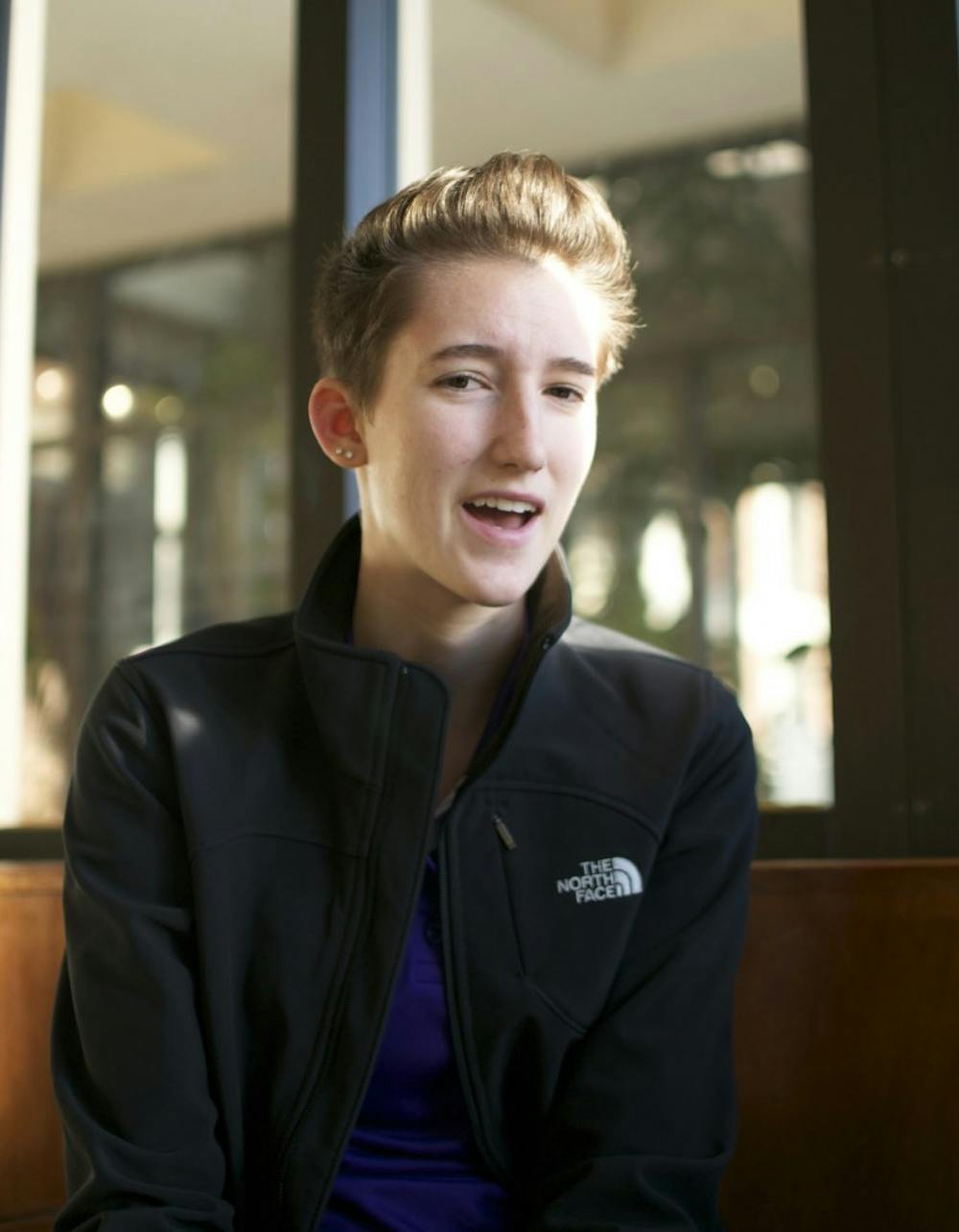Philip Ellefson |
ASUP Senate voted Monday to approve Resolution 15-01, which calls to eliminate the Major Project Fund (MPF) and replace it with the Campus Traditions Fund (CTF). Unlike the MPF, the CTF would always bring events to students the same year they pay their student fee.
ASUP President John Julius Muwulya will meet this week with University President Fr. Mark Poorman to present the resolution. If Poorman signs off on it, the resolution will go to a vote by the student body on March 24-25. If students approve the measure, it will take effect in fall 2015.
The change comes after an almost year-long debate over what to do with the MPF. At an ASUP meeting in October, University administrators advised the Senate to devote funds from student fees to activities rather than physical improvements to campus.
Most of the projects on the final list were capital improvements, so ASUP debated the administrators’ recommendations and student opinions. The money in the fall MPF was pushed into this semester’s MPF.
ASUP Senator Samantha van den Berg, who helped write Resolution 15-01, said students made it clear that they wanted their student government fee to go to activities rather than capital improvements.
“When the administration and the student body are all telling us, ‘I want events,’ and the rigidity of the MPF is that it’s this long, drawn-out process, it really makes it difficult to actually put events in place,” van den Berg said.
Van den Berg said the CTF allows for more flexibility in the way it’s allocated. One option is to use it to promote large events like Riverboat and Anchors Away.
Determining the best use for the MPF and other similar funds has proven tricky for the past several years. In 2011, students voted to create the MPF after the Capital Improvement Fund proved too restrictive for the types of projects students wanted. A year later, students voted to put more money into the MPF.
Van den Berg said even in light of these changes, the MPF was still too rigid for the projects students wanted to see.
“The MPF is inflexible in that it has such a specific structure,” she said. “By the time you could allocate it to the event, we were already a month into the semester.”
ASUP senators and executive board members are still discussing what to do with this year’s MPF, which contains almost $90,000 of unspent funds. Van den Berg said some senators have discussed distributing it to programs like service immersions, but there are no concrete plans for how it will be allocated. Philip Ellefson is the news editor for The Beacon. He can be reached at ellefson15@up.edu.








